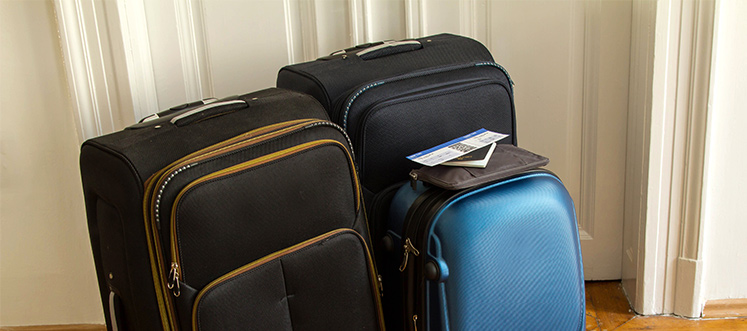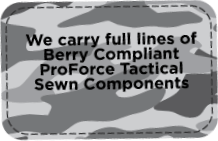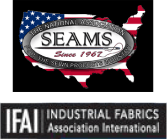Latest Posts
- Part 1 of 4 Series - Bow to Stern: Metal and Plastic Hardware Posted: 3/20/2019
- FR Treatments Explained Posted: 3/20/2019
- What is a DWR Treatment? Posted: 3/20/2019
- What Is Elastic and When Should You Use It? Posted: 3/20/2019
- Hook and Loop for Orthotics and Prosthetics Posted: 3/20/2019
Product Spotlight: Ballistic Fabric
Posted: 9/4/2018
By: Collin Barnwell

Introduced by DuPont in the mid-1900's, as the primary covering for flak jackets and aircraft coverings during WWII and Vietnam War, ballistic fabric was retired from military applications in the 1970's when lighter weight Kevlar and ceramic plates offered higher levels of ballistic protection. Ballistic fabric has been a staple of the commercial textile industry since the late-70's as a component textile for bag and luggage manufacturers.
Ballistic fabric is unique in its construction, consisting of a high tenacity and multifilament yarn; woven with a 2x2 basket weave - commonly called 'ballistic weave.' Ballistic fabric denier can vary depending on the supplier, but the most common deniers are 840 and 1680.
840-denier vs 1680-denier
| Fabric | Characteristics | Popular Applications |
|---|---|---|
| 840-denier | lightweight fabric, more flexible applications | Luggage, bag bases, motorcycle jackets |
| 1680-denier | heavyweight fabric, more rigid applications | Outdoor pack coverings, firearm cases, tactical vests |
Available Inventory
DirecTex stocks a great selection of high-quality ballistic fabric in various deniers, materials, and coatings.
- 840-denier Nylon Ballistic fabric
- 1680-denier Polyester Ballistic fabric
- 1680-denier Nylon Ballistic fabric
- 1680-denier Nylon Ballistic fabric with Heavy Duty Backing
DirecTex offers low-cost wholesale pricing to business and government agencies. Contact DirecTex to learn more about our product lines. DirecTex specializes in custom manufactured components and subassemblies for your projects.




